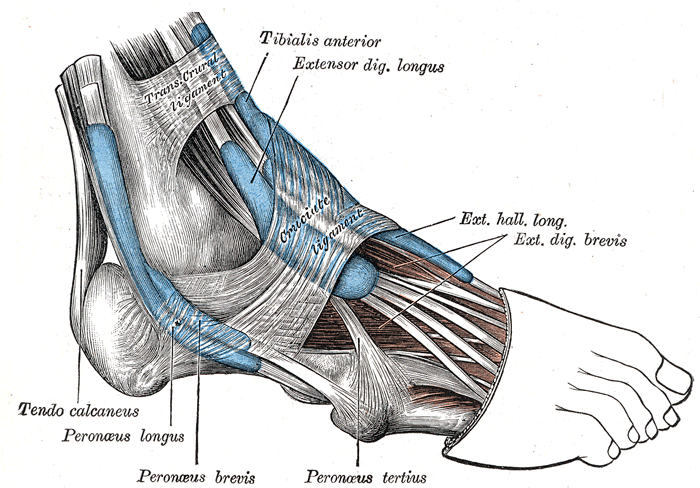 University of Queensland scientists conducted research indicating the plantar fascia is not the only muscle in the foot that can provide arch support. The first experiment involved weights being tied to the knees of two test subjects. The scientists monitored the responses of the muscles in their feet.
University of Queensland scientists conducted research indicating the plantar fascia is not the only muscle in the foot that can provide arch support. The first experiment involved weights being tied to the knees of two test subjects. The scientists monitored the responses of the muscles in their feet.
The second experiment involved electrical stimulation was performed soon after, showing that when activated, these tissues caused the arch to rise. Dr. Glen Lichtwark believes this could play an important role in fields focusing on the feet.
The biomechanics are the cogs behind the gears that manage your feet. If you would like more information, see podiatrist Sharon L. Pletcher, DPM of Family Foot Center. Dr. Pletcher can provide in-depth information as well as measure your personal foot biomechanics.
A History of Biomechanics
- Biomechanics dates back to the BC era in Egypt where evidence of professional foot care has been recorded.
- In 1974 biomechanics gained a higher profile from the studies of Merton Root, who claimed that by changing or controlling the forces between the ankle and the foot, corrections or conditions could be implemented to gain strength and coordination to the area.
Modern technology improvements are based on past theories and therapeutic processes providing a better understanding of podiatry concepts for biomechanics. Computers provide accurate determinations about the forces, moments and patterns of the foot and lower legs with the most important information captured.
Advances in materials and more awareness of biomechanics have developed enhanced corrective methods, offering further options for foot-related injuries. Understanding foot biomechanics can help improve and eliminate pain, stopping further stress to the foot.
If you have any questions, please feel free to contact our office located in State College, PA. We offer the newest diagnostic and treatment technologies for all your foot and ankle injuries.
Read more about Biomechanics of Podiatry.




